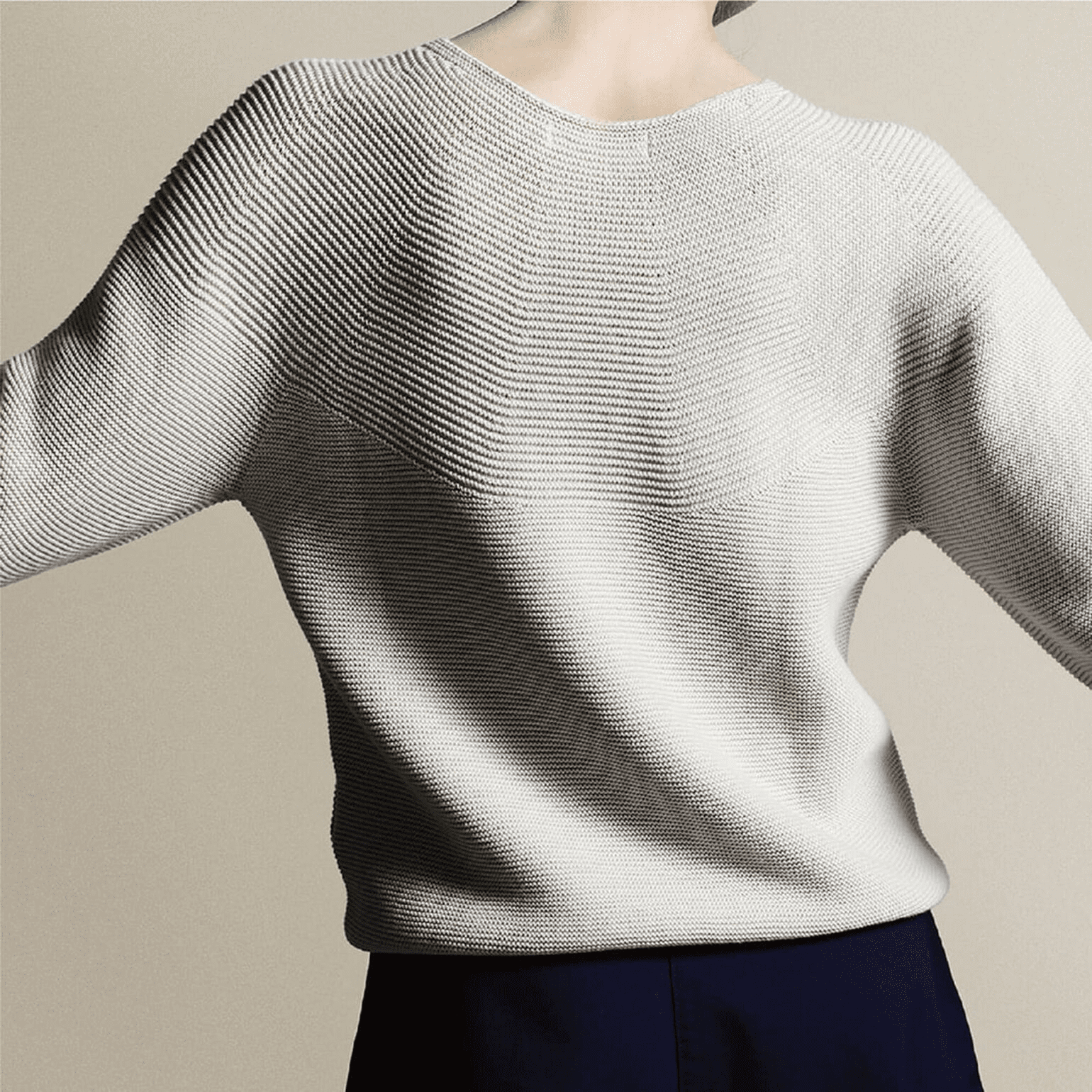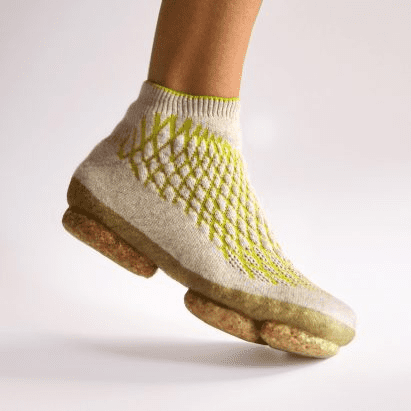Knitting has come a long way from being hand knit to machine knit. And now we have a sturdier machinery which makes knitwear in one go which is also 3d – without seams. It was an invention from Shima Seiki company and the machinery name in “Wholegarment”. It knits 3d garments in all shapes and sizes and with even better quality and draping.
Introduction
Knitting is the interloopment of yarns through loops. They are known as wales and courses. Wales are columns of loops running lengthwise, corresponding to the warp of woven fabric and a course is a crosswise row of loops, corresponding to the filling. There are various types of knits and uses of it. In the past it was made by knitting of yarns on needles by hand and now we have machines that can do the same with a click of button using CAD softwares. That’s where 3D knitting comes along which correlates to 3D printing as well.
Material and Methodology

3D knitting is an additive method in which three-dimensional garment is made out of layering – which is coded on CAD softwares like Shima One or Procad. Various other CAD softwares that used are Adobe Photoshop, Adobe Illustrator, Knit Visualizer, Knitbird, Lectra etc. And the list goes on. The machine that brings out the outcome are machines like – Openknit, Kniterate, Wholegarment and similar versions of it. Initially plastic filaments were used to produce a 3D garment but as the technology advanced, yarns of simpler material were used to produce more softer, wearable, flexible garments.
Results and Discussions

After the development of 3D Knitting, it is used in many ways. Like, Interior designing, sports tech, medical wear, and more. For example, Shoe uppers, chairs, sweaters, smart bellyband and more.
And beyond that it reduces the time and resources that are needed in conventional virtual sampling. One can go from designing to feedback, changing, approving and in the end producing a garment or apparel in no time without wasting numerous clothing. Whereas conventional sampling would take days for the same and even more resources then needed for approval and bringing it to life.
Last but not the least – all leads to less environmental garbage and more choices in fashion and textile industry.
Summary and Conclusion
3D printing is the now of knitting and it is going to be used a lot considering how many problems it solves of modern-day fashion and textile world.
By:Ragini Gupta, Student, Masters In Science (Textile Science and Apparel Design),SNDT Women’s University
Co-Author- Nikhila Rane, Assisstant Professor,Dept of Textile Science and Apparel Design, SNDT Women’s University

